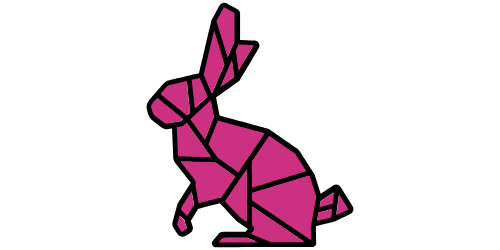Singularity Part 4 - Risks and Safeguards: How We Design a Humane Singularity
Share
If technology accelerates beyond our institutions, then the most urgent task is not invention — it’s governance.
Every great transformation in history carries risk. Agriculture created abundance but also inequality. Industrialization delivered prosperity but also pollution and dislocation. The digital era gave us access to knowledge but also attention capture and surveillance.
The Singularity will be no different. It is a power we will not roll back. The question is whether we design safeguards that make it humane, or whether we allow velocity to outpace responsibility.
This is not about slowing innovation. It is about structuring risk. There are primary dangers to social, political, environmental, and psychological systems and the safeguards that could make the difference between collapse and renewal.
The Primary Risks
-
Concentration of Power
AI and automation amplify whoever controls the compute, the data, and the distribution channels. Left unchecked, the Singularity could become the most extreme wealth consolidation in history. -
Institutional Lag
Governments, courts, and social contracts move decades slower than technology. By the time a law is drafted, the platform it tries to regulate may already be obsolete. -
Social Dislocation
When whole professions collapse within a decade, the shock to identity and community is profound. Work has long been the scaffolding of meaning, and ripping it away too fast can fracture societies. -
Ecological Overshoot
Acceleration without stewardship risks driving resource extraction, rare earth dependency, and energy strain past sustainable limits. -
Psychological Fragility
A world where machines outperform humans at nearly everything can trigger despair, nihilism, or apathy at scale. Without preparation, many will retreat into distraction instead of purpose.
Designing Safeguards
We cannot prevent every failure. But we can reduce the probability and severity of collapse by intentionally designing guardrails.
-
Distributed Ownership Models
Public investment in compute infrastructure
Cooperative ownership of AI systems for communities
Tokenized or dividend-based distribution of AI productivity gains -
Dynamic Governance
Adaptive regulation updated in months, not decades
Regulatory sandboxes for safe experimentation
Global treaties on compute, data, and autonomous systems, much like nuclear arms agreements -
Transition Scaffolding
Universal basic dividends funded by AI productivity
Reskilling programs focused on interests and care, not just “new jobs”
Mental health networks to navigate identity transitions -
Ecological Alignment
AI applied first to climate modeling, carbon drawdown, and sustainable design
Energy policy that scales renewables alongside compute growth
Closed-loop material systems to reduce rare earth extraction -
Cultural Anchors
Storytelling, education, and art that reframe worth beyond wage labor
Civic rituals and institutions designed for post-work identity
Platforms that elevate curiosity and contribution, not addiction
Lessons from History
The printing press triggered centuries of upheaval before literacy and institutions stabilized. The industrial era destabilized societies for generations before labor rights, public schools, and safety nets caught up.
The lesson is clear: transformation without safeguards first amplifies harm, then slowly self-corrects. Our task is to accelerate the safeguards, not assume the self-correction will be painless.
A Realistic Path Forward
What this demands is not one grand fix but a layered response:
- Local: communities experiment with co-ops, fellowships, and civic tech
- National: governments create dividends, retraining, and adaptive law
- Global: coalitions set norms for compute, climate, and autonomy
- Cultural: artists, educators, and storytellers provide meaning frameworks
We Do Not Need To Fear The Singularity As Doom
We need to fear our own passivity in shaping it. A humane Singularity is not about control — it’s about design. Safeguards do not restrict progress; they give it direction.
| The Risks Are Real | The Safeguards Are Within Reach |
|
|
The Singularity is not the end of the human story. It is the moment we decide whether the story continues with dignity, curiosity, and care.
SINGULARITY - the Four Part Series:




